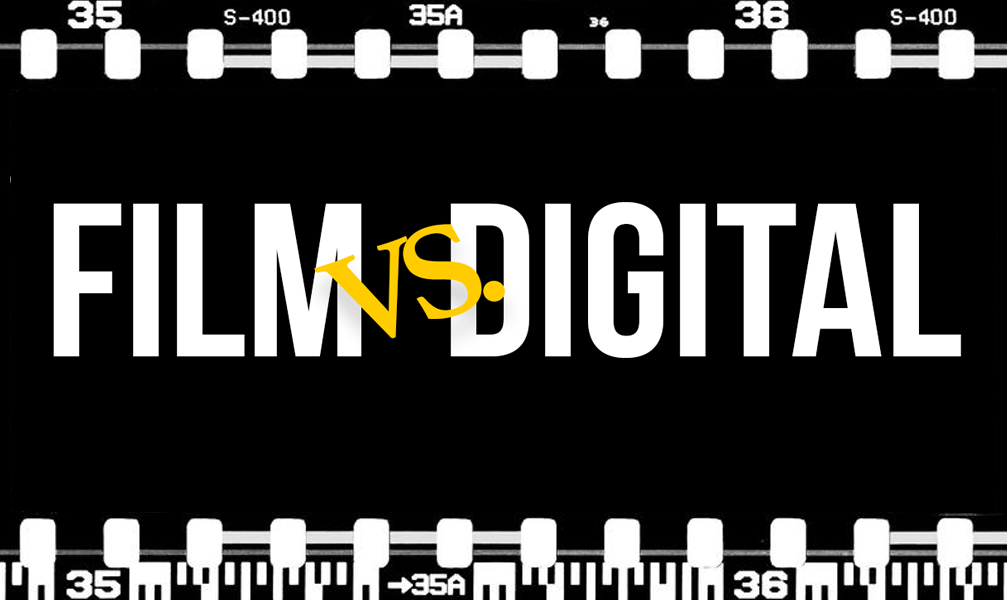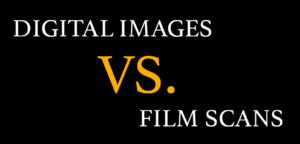Introduction
Photography has evolved significantly over the years, witnessing the rise of both analog and digital formats. Each approach offers unique advantages and limitations that photographers must consider when choosing their preferred method. In this article, we will explore the pros and cons of both analog and digital photography, shedding light on the distinct characteristics of each medium and helping photographers make informed decisions about their creative processes.
Analog Photography
Analog photography, often associated with film cameras, holds a certain charm that attracts many enthusiasts and professionals alike. Let’s delve into its advantages and disadvantages:
Pros:
- Aesthetic Appeal: Analog photography is celebrated for its distinct aesthetic qualities, characterized by rich colors, unique grain patterns, and a nostalgic feel. The organic nature of film captures a timeless quality that resonates with viewers.
- Tangible Experience: The process of shooting with film fosters a more deliberate and thoughtful approach. Limited exposures per roll and delayed gratification encourage photographers to focus on composition and exposure, leading to a deeper understanding of the craft.
- Dynamic Range: Film possesses a wide dynamic range, allowing it to capture highlights and shadows with exceptional detail, even in challenging lighting conditions.
- Intentional Shooting: With a finite number of exposures, photographers are encouraged to slow down and carefully consider each shot, resulting in a more deliberate and intentional approach to image-making.
Cons:
- Cost and Convenience: Analog photography entails ongoing expenses, including film rolls, development, and prints. Additionally, the need to carry multiple rolls of film can be cumbersome compared to the convenience of digital memory cards.
- Limited Control: Once a photograph is taken on film, altering the image becomes challenging. Post-processing options are limited, and photographers must rely on precise exposure and composition in-camera.
- Workflow and Turnaround Time: Developing and scanning film can be time-consuming, making it less suitable for clients or situations requiring quick results.
- Learning Curve: Mastering analog photography requires a solid understanding of film types, developing techniques, and darkroom processes, which can be intimidating for newcomers to the medium.
Digital Photography
Digital photography has revolutionized the industry, offering unprecedented convenience and creative possibilities. Let’s examine the pros and cons of this modern approach:
Pros:
- Instant Gratification: Digital cameras allow photographers to review their shots immediately, offering instant feedback on exposure, composition, and focus. This immediate feedback facilitates a quicker learning process and the ability to adjust settings on the spot.
- Cost Efficiency: Unlike film, digital photography eliminates the need for purchasing and developing rolls. Photographers can shoot thousands of images without additional expense, making it more cost-effective in the long run.
- Post-processing Flexibility: Digital images can be easily modified and enhanced using various software applications. The ability to adjust exposure, white balance, and apply creative effects allows for greater creative control in post-production.
- Workflow and Sharing: Digital images can be quickly transferred to computers for organizing, editing, and sharing online. This speed and efficiency make digital photography well-suited for fast-paced environments, such as journalism or event coverage.
Cons:
- Replication of Film Aesthetic: While digital cameras strive to emulate film’s unique qualities, some photographers find the resulting images lack the organic and authentic feel of analog photography.
- Dynamic Range Limitations: While digital cameras have made significant strides in capturing a wide dynamic range, film still holds an advantage in certain challenging lighting situations, such as high-contrast scenes.
- Sensor Limitations: Digital sensors, particularly in entry-level cameras, may struggle with noise and image quality in low-light conditions compared to higher-end film cameras.
- Technological Obsolescence: Digital technology evolves rapidly, rendering older cameras and formats.
In conclusion, both analog and digital photography offer distinct advantages and limitations that photographers must consider when choosing their preferred medium. Analog photography provides a timeless aesthetic appeal, a tangible shooting experience, and a wide dynamic range. However, it comes with higher costs, limited control over post-processing, and a steeper learning curve. On the other hand, digital photography offers instant feedback, cost efficiency, post-processing flexibility, and efficient workflows. However, it may lack the organic feel of film, have dynamic range limitations, and face the risk of technological obsolescence.
Ultimately, the choice between analog and digital photography depends on individual preferences, artistic goals, and the specific requirements of each project. Some photographers may embrace the deliberate process and distinctive look of analog photography, while others may prefer the convenience, versatility, and creative possibilities of digital photography. Additionally, many photographers find value in embracing both mediums, using each where its strengths are most impactful.
Regardless of the chosen medium, what truly matters is the photographer’s vision, creativity, and skill in capturing compelling images. Both analog and digital photography have produced breathtaking works of art, demonstrating that the medium is merely a tool for expressing one’s unique perspective.
As technology continues to evolve, it is important to appreciate the heritage and artistry of analog photography while exploring the endless possibilities offered by digital advancements. By embracing the strengths of each medium and adapting to changing trends, photographers can continue pushing the boundaries of their art, creating captivating and meaningful images for generations to come.



